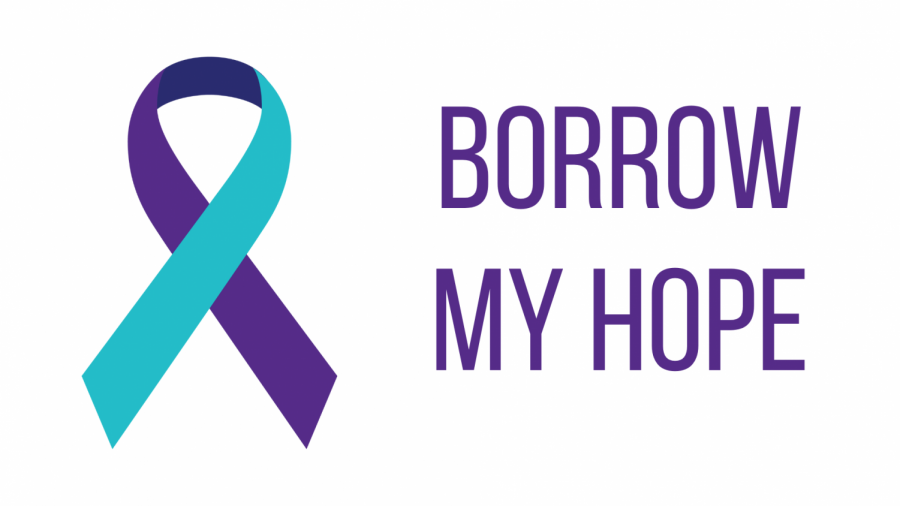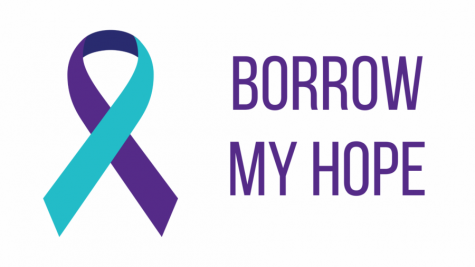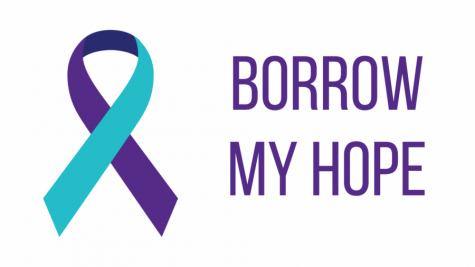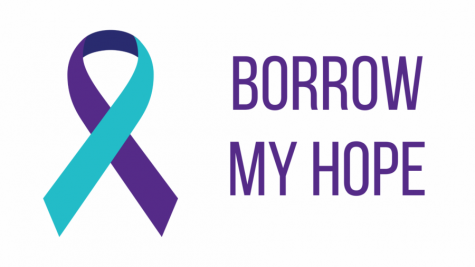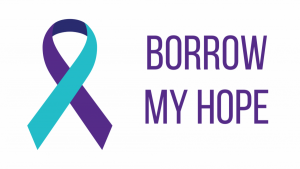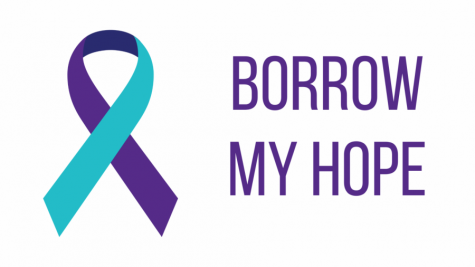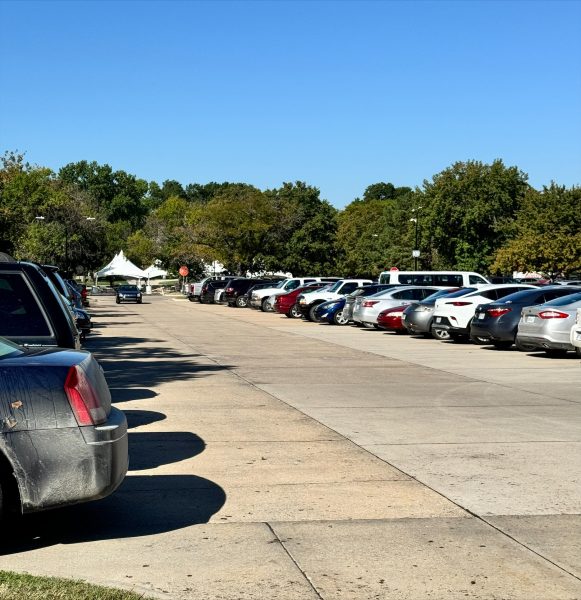Borrow my hope: Safety planning- make it personal
The teal-and-purple ribbon commemorates lives lost to suicide.
If you spend enough time on the topic of suicide, you’re likely going to run into safety planning.
A safety plan is a list of what helps a person facing suicidal thoughts when they’re in a crisis that could lead to them ending their life. For instance, it might include a list of contacts they can reach out to if they’re feeling unsafe, and it could also have other features such as coping strategies, locations where they can feel safe and calm, online resources they can use, and even a reason or two why their life is worth living.
One thing to note is that safety plans, as a therapist I’ve worked with mentioned, should be active, not passive. They’re not “write it and forget about it” kind of documents. Rather, you’ll want to keep your safety plan up-to-date so that it’s prepared for whenever you might be in a crisis.
At the same time, I also want to emphasize the importance of personalizing your safety plan.
You can’t expect what works for someone else, including me, to work for you if you’re in a crisis. For instance, while some people might put down listening to music for a coping strategy on their safety plan, I tend to spiral down further if I listen to certain music, and so that’s why it’s not on my safety plan.
Does splashing cold water on yourself sound ridiculous? It might, and it might not be the thing for you. But for me, it’s an excellent way to get myself into the present moment instead of being carried away with my thoughts.
If you have a safety plan about what makes life worth living or reasons you want to stay alive, I suggest not worrying about putting down anything too “deep” or abstract. One time I wrote that I wanted to stay alive so I could continue creative writing. Another time I said that life was worth living because of my friends.
Tailoring a safety plan around you means that you’ll find relief intended for you. Whatever works for you is what belongs on the safety plan, not what you think other people want you to put on there.
I also want to mention that when making a safety plan, it helps to think of what’s going to be feasible for you when you’re in the emotional throes of a crisis. That’s why I tend to list online resources, which are easy for me to access, such as texting a friend or using the National Suicide Prevention Lifeline chatline, rather than trying to drive somewhere when I’m feeling suicidal.
For more great information on suicide safety planning, check out this article on VerywellMind.
Your donation will support the student journalists of Washburn University. Your contribution will allow us to purchase equipment and cover our annual website hosting costs.




